Poplar Weevil Information: Tips For Managing Yellow Poplar Weevils
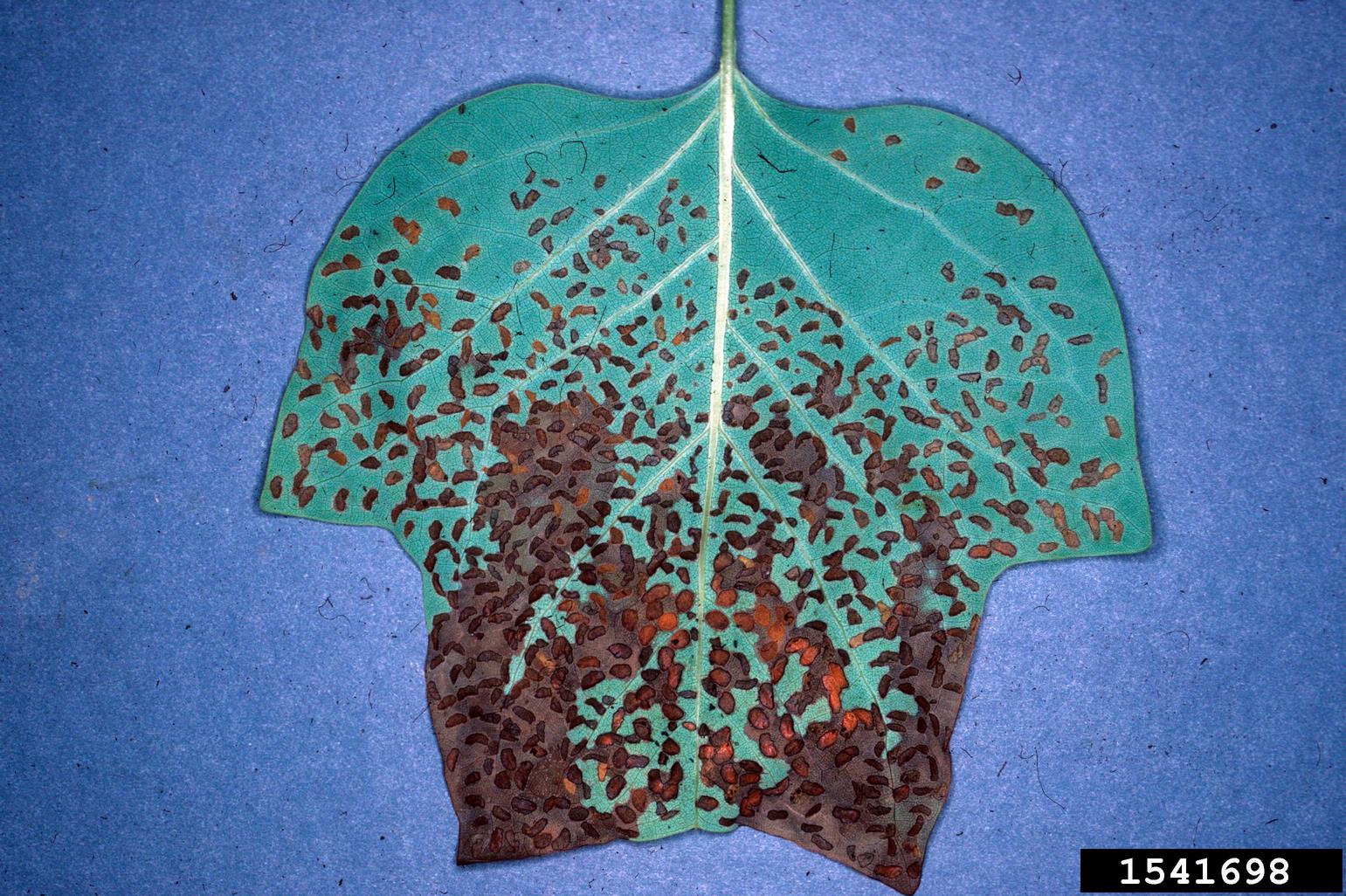
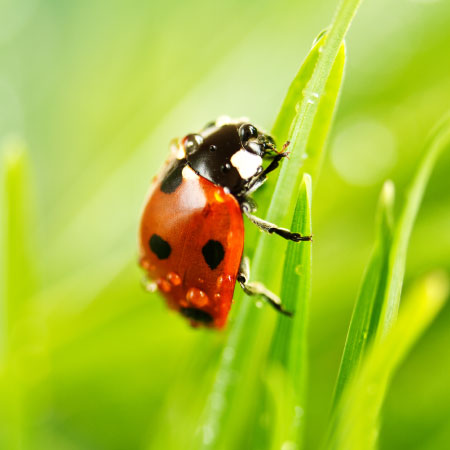
Yellow poplar trees, also known as tulip trees, are a popular ornamental in landscapes across the eastern United States. Reaching heights of up to 90 feet (28 m.) and a spread of 50 feet (15 m.), it's no wonder that homeowners love these showy trees. Unfortunately, yellow poplar weevils love them just as much and can be a real nuisance to yellow poplar lovers everywhere. Read on for some useful yellow poplar weevil information.
What are Poplar Weevils?
Poplar weevils are small, black-brown weevils that reach about 3/16 inch (5 mm.) long. Like other weevils, they have long snouts, but because of their small size, you may not notice that or the deep groove in their wing covers. Many people simply identify them as “flying fleas” due to their size and shape. Yellow poplar weevil damage is distinctive, often appearing as holes in leaves or buds the same size and shape as a curved grain of rice. Sadly, that's not where yellow poplar weevil damage ends. Their offspring are leaf miners that burrow into the leaf tissue and create blotch mines between the layers. On the outside of the leaf, this appears as a large brown spot that starts on a leaf margin. As these tiny pests feed, they grow and then pupate inside the mine. Adults emerge in June or July to start the cycle over again.
Managing Yellow Poplar Weevils
Unless your tulip tree is very young or your weevil problem severe, there's no reason to attempt yellow poplar weevil control. The damage they cause to established trees is strictly ornamental and successfully killing them requires a great deal of patience and precision. Since these weevils spend the majority of their lives inside the leaf tissue, you can't simply spray the surfaces in hopes that the poison will seep through. Successful yellow poplar weevil control comes down to timing. If you wait until about 10 percent of the branches of your tree show damage, you may be able to kill off the majority of the adults feeding on your tree with acephate, carbaryl, or chlorpyrifos. However, poison your weevils with caution, since you'll also kill the natural enemies that would have destroyed many of them without your intervention.
Gardening tips, videos, info and more delivered right to your inbox!
Sign up for the Gardening Know How newsletter today and receive a free copy of our e-book "How to Grow Delicious Tomatoes".

Kristi Waterworth was a regular contributor to Gardening Know How for many years, answering countless queries on plant pests and diseases.
-
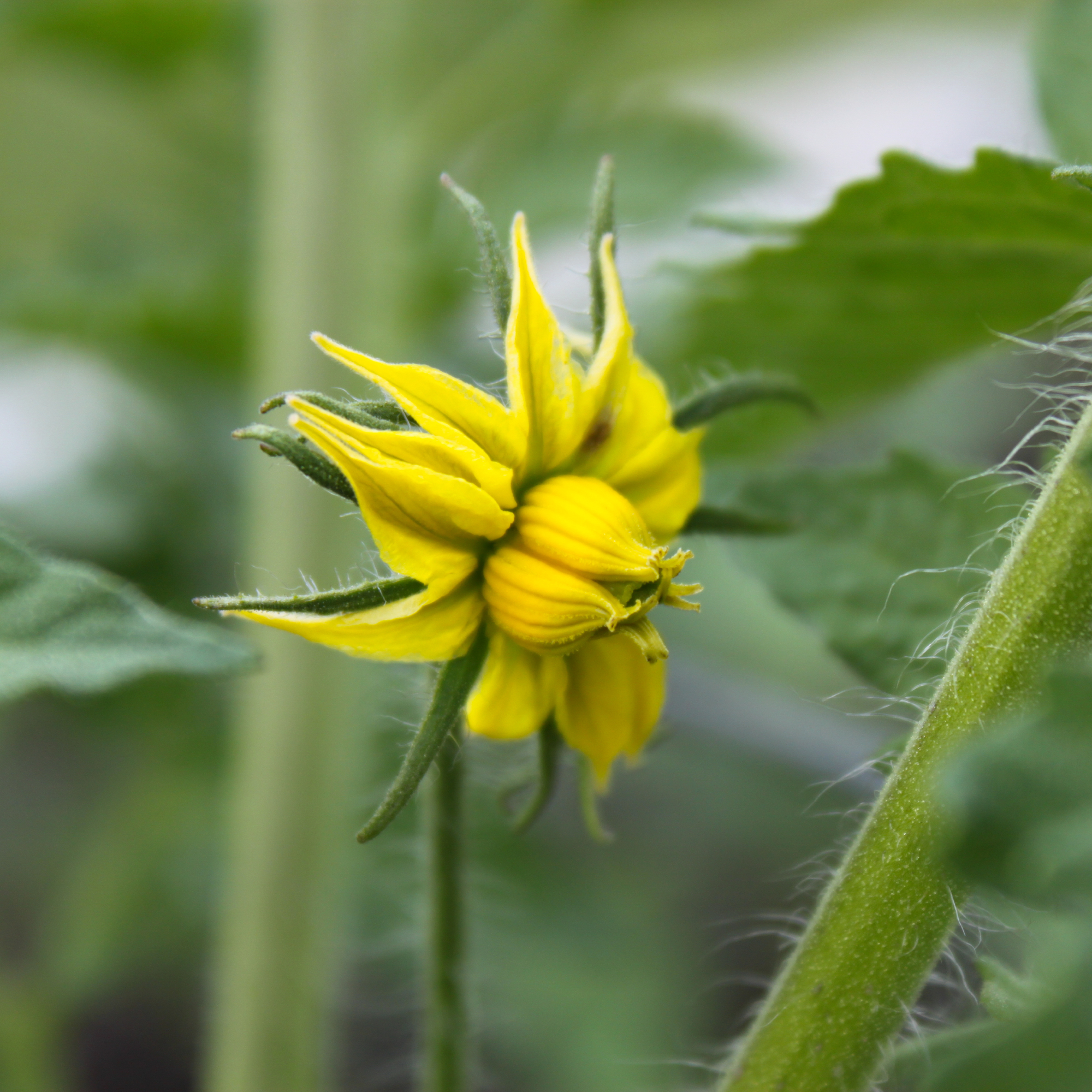 Do Your Tomato Flowers Look Weird? They Could Be Tomato Megablooms – What That Means For Plants
Do Your Tomato Flowers Look Weird? They Could Be Tomato Megablooms – What That Means For PlantsTomato megablooms can startle gardeners, but these weird-looking flowers are nothing to worry about. Learn why they occur and what to do if you find one.
-
 9 Must-Sow Flower Seeds For June That Bloom Fast And Keep Your Garden Bursting With Color All Summer Long
9 Must-Sow Flower Seeds For June That Bloom Fast And Keep Your Garden Bursting With Color All Summer LongAdd impact to beds, borders, and containers with these easy, fast-growing flowers that grow beautifully from seed – just in time for a dazzling summer display.
-
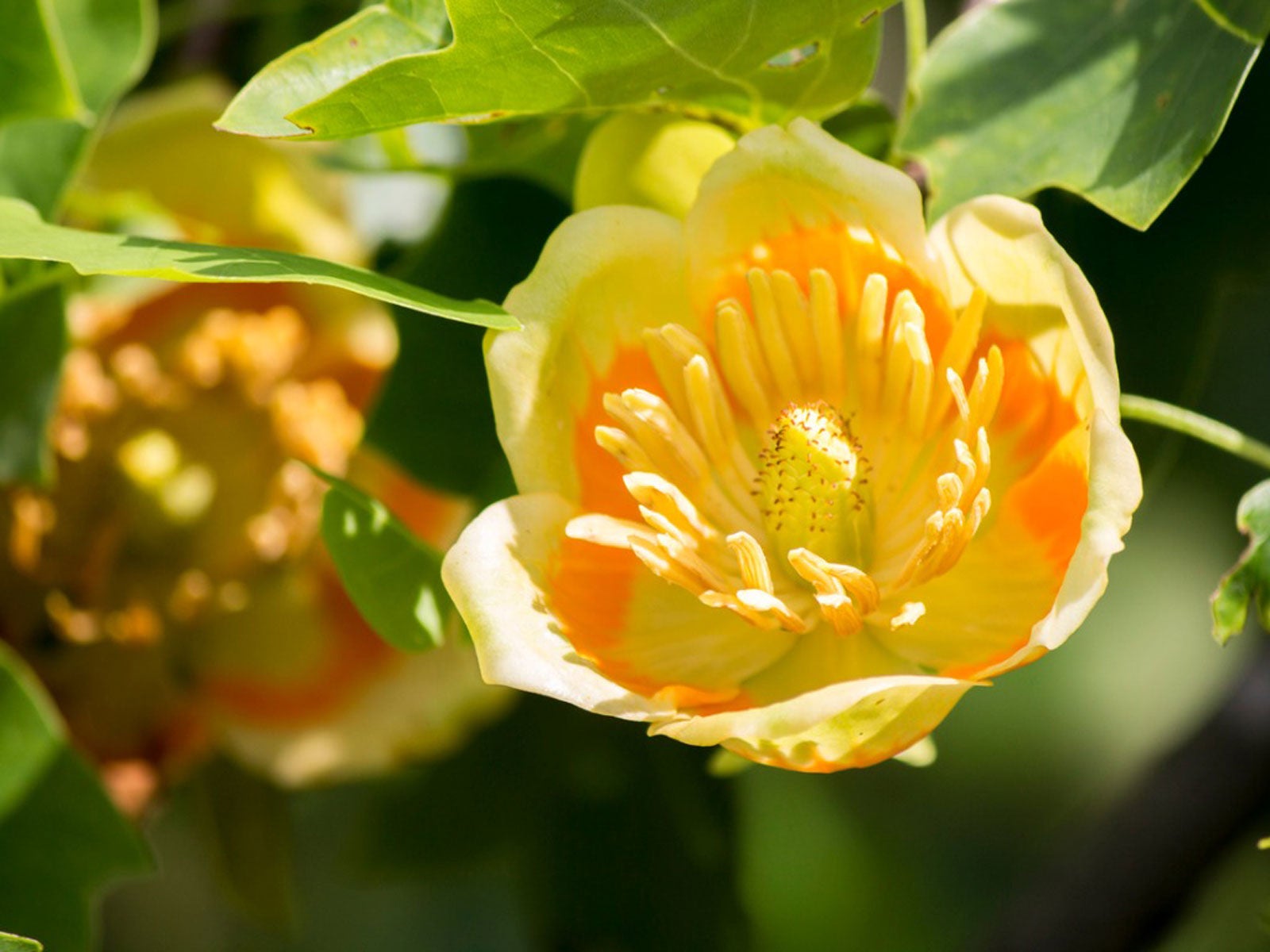 My Tulip Tree Isn’t Blooming – When Do Tulip Trees Flower
My Tulip Tree Isn’t Blooming – When Do Tulip Trees FlowerIf your tulip tree isn’t flowering, you probably have questions. What do you do when a tulip tree won’t flower? For answers, click here.
-
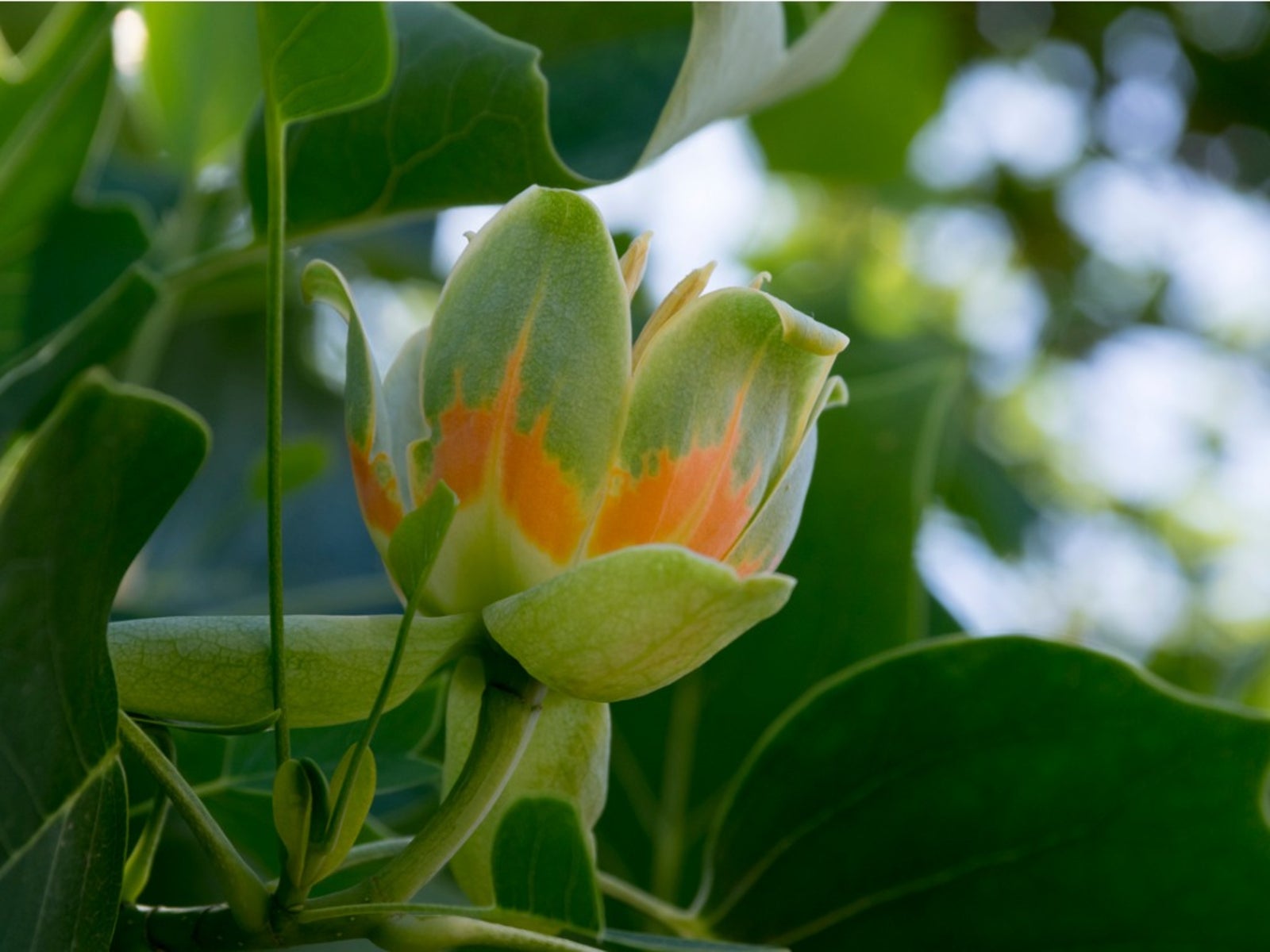 Propagation Of Tulip Trees – How To Propagate A Tulip Tree
Propagation Of Tulip Trees – How To Propagate A Tulip TreeIf you have one tulip tree on your property, you can propagate more. Propagation of tulip trees is either done with tulip tree cuttings or by growing tulip trees from seeds. Click this article for tips on tulip tree propagation.
-
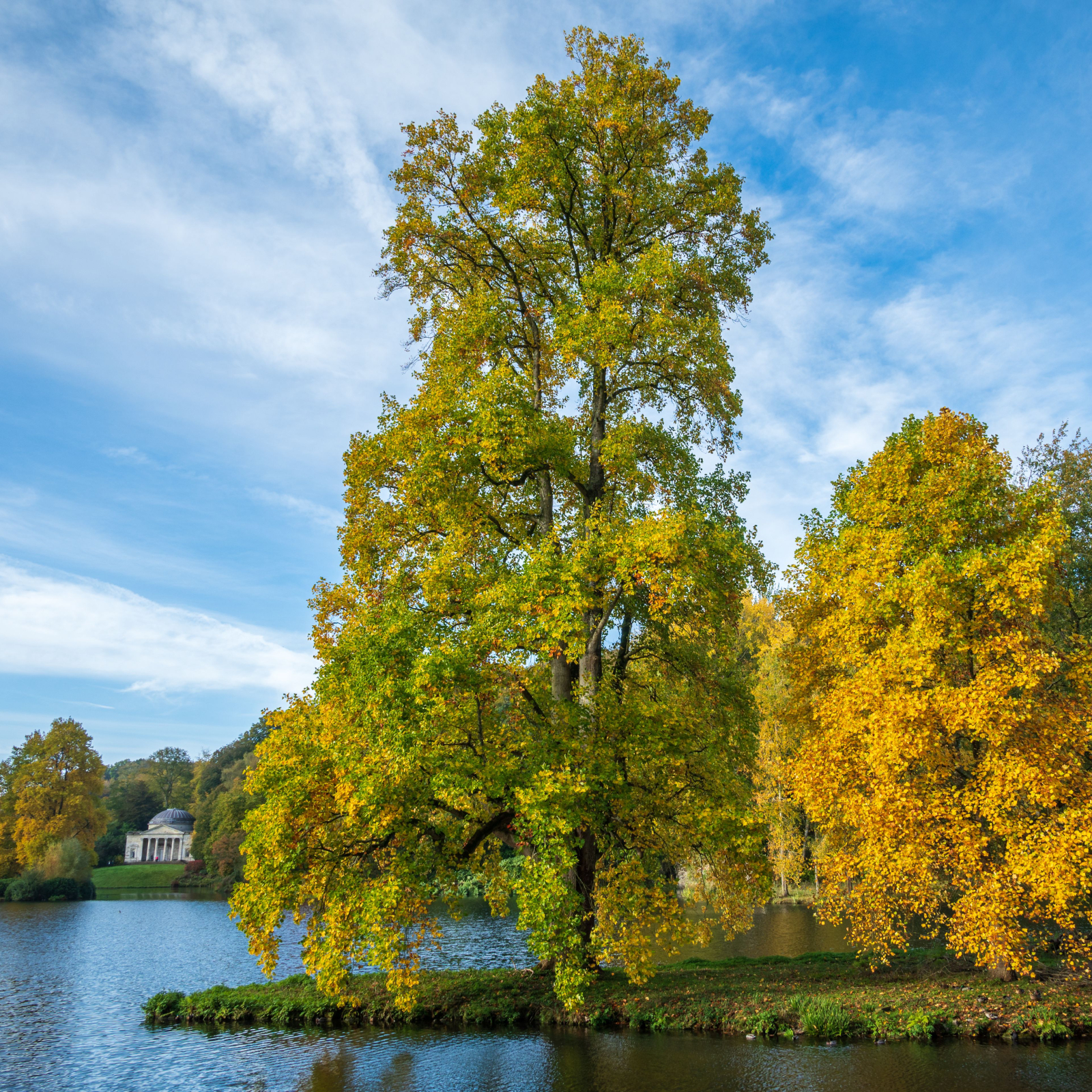 Tulip Tree Care Guide: Expert Advice To Keep Trees Healthy, Happy, And Lush
Tulip Tree Care Guide: Expert Advice To Keep Trees Healthy, Happy, And LushTulip trees are big, beautiful native trees that provide great shade and increase diversity in your landscape and ecosystem. Learn how to help them thrive.